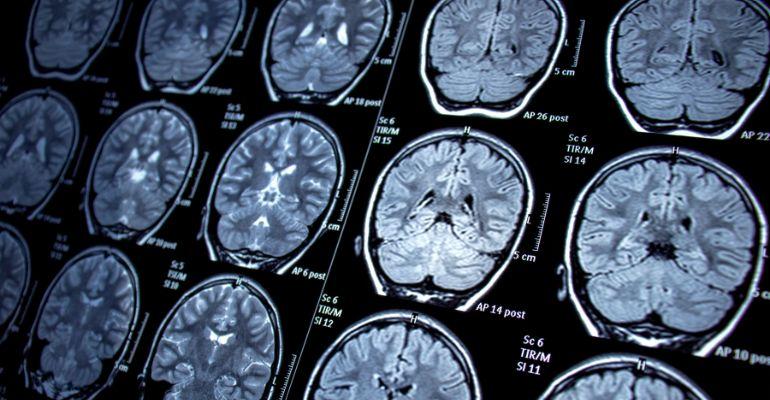Epilepsy is a chronic neurological disorder characterised by recurrent seizures, which result from excessive electrical discharges in the brain. These seizures can vary in severity and frequency, leading to physical problems, psychological conditions, and an increased risk of premature death.
However, despite the condition being challenging to live with, there is hope on the horizon, thanks to the expertise of healthcare teams offering comprehensive care and treatment options, that go beyond medication.
Guidelines for prescribing anti-seizure medications rely on a comprehensive assessment of diagnostic findings. Once an accurate diagnosis has been established, doctors tailor treatments accordingly.
Related: New study: Sleep and stress patterns predict epileptic seizures
Approximately two-thirds of individuals with epilepsy can achieve seizure control by choosing the appropriate medication tailored to their specific needs. Nevertheless, not all patients exhibit a positive response to medication, and up to one-third of them experience persistent seizures. These individuals, termed as patients with drug-resistant epilepsy, require further, specialised evaluations and might be eligible for interventions like brain surgery or neurostimulation therapy.
Surgical interventions and neurostimulation
Dr. Florian Roser, Chair of Neurological Institute from Cleveland Clinic Abu Dhabi, explains: “While medication remains a cornerstone, there are cases where surgical intervention becomes necessary. One such surgical approach is focal resective surgery, which is employed when seizures originate from a distinct brain focus, typically in the temporal lobe. This procedure involves the careful removal of the problematic brain area while preserving vital neurological functions. It’s a precise and intricate operation that can significantly improve a patient’s quality of life. Common causes of partial epilepsy that may warrant this surgery include the presence of scars, tumours, or developmental issues.”
Dr. Florian Roser
Dr. Roser explains that for more extensive epileptic regions that cannot be managed through focal resective surgery, a lobectomy may be considered. This decision is made after a meticulous risk-benefit evaluation. He notes, “A lobectomy entails the removal of a portion of the brain, disconnecting the epileptic hemisphere from the healthy one, thus preventing seizure spread. This procedure is particularly beneficial for patients with severe and intractable epilepsy, offering the hope of a life with fewer or no seizures.”
In some specialised cases, such as those with disorders like Sturge-Weber disease or hemimegalencephaly, which affects one hemisphere of the brain, hemispherectomy may be recommended. This involves partial or complete removal of the affected hemisphere, effectively isolating the epileptic activity from the healthy part of the brain. “While it is a complex procedure, it can be life-changing for individuals suffering from these conditions,” Dr. Roser observes.
Another innovative approach to treating epilepsy is vagus nerve stimulation (VNS). VNS is employed when traditional therapies prove ineffective in managing seizures or depression. This medical procedure involves the use of electrical impulses to stimulate the left vagus nerve, a crucial component of the parasympathetic nervous system responsible for regulating various bodily functions, including digestion, heart rate, and mood. VNS sends regular, mild pulses of electrical energy to the brain via the vagus nerve, through a device that is similar to a pacemaker.
Dr. Roser explains that during the VNS procedure, a small device is implanted beneath the skin in the chest, and it is connected to the left vagus nerve via a wire. This device sends painless electrical signals to the brain, helping to mitigate irregular brain activity associated with epilepsy.
While the exact mechanism remains under scientific investigation, VNS has demonstrated remarkable success, reducing seizures in approximately 40 per cent to 50 per cent of patients who undergo this treatment.
Related: Tech evolution key to changing the face of paediatric care
Deep brain stimulation (DBS) is another neurostimulation method that employs electrodes deep within the brain. Electrical impulses are sent through these electrodes from a pulse generator implanted near the collarbone. These impulses can also help reduce abnormal signals that underly seizures.
A diagnostic method that also involves the use of electrodes is Stereo-EEG (SEEG). Electrodes are also implanted in the brain to accurately record abnormal signals that cause seizures. They pinpoint the precise source of epileptic seizures in the brain, helping the surgeon decide if a surgical intervention would be beneficial and plan for it accordingly.
Epilepsy is a complex condition that requires comprehensive care, advanced technology, and a world-class healthcare team. The Epilepsy Program at Cleveland Clinic Abu Dhabi exemplifies these principles, offering hope and healing to individuals living with epilepsy. Through innovative treatments and a multidisciplinary approach, this program is making strides in improving the quality of life for epilepsy patients.





